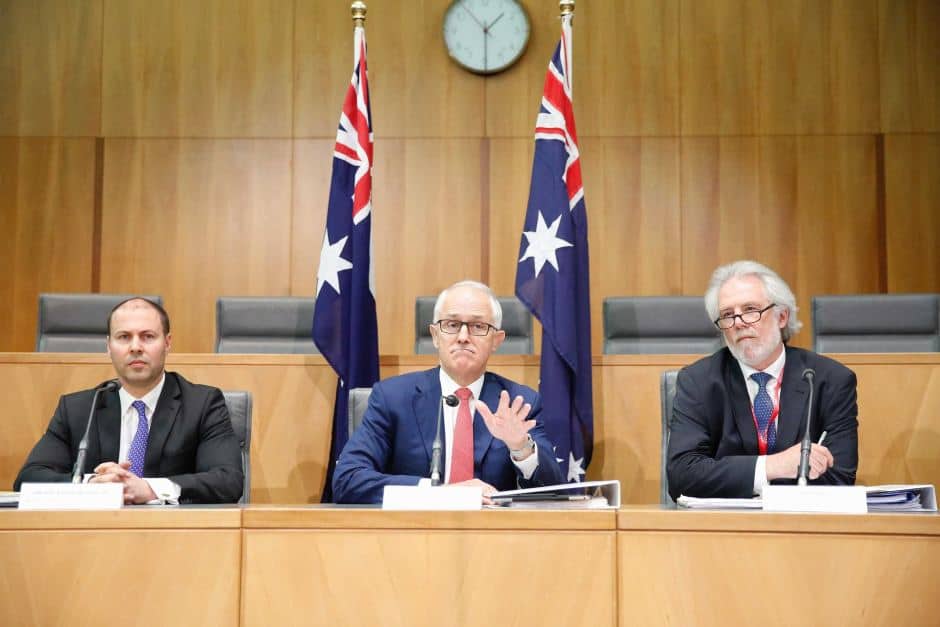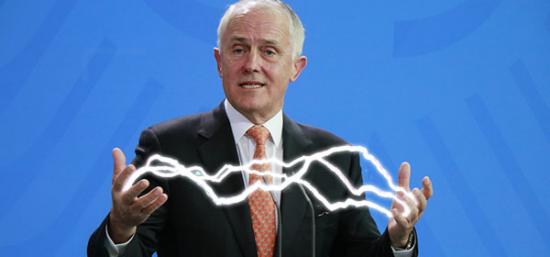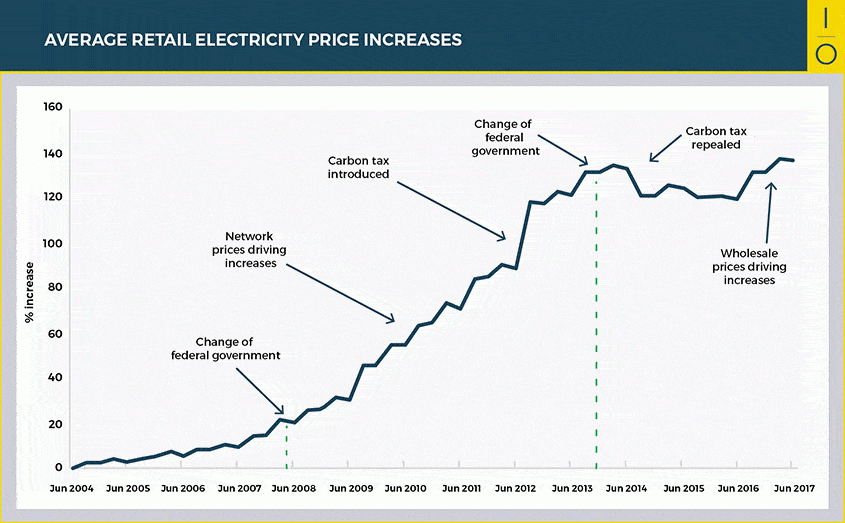Half price solar in conjunction with solar loans will be available to Victorians under a $1.2b plan announced by the state government over the weekend.
Half price solar for Victorians

Victorian Premier Daniel Andrews announced a $1.24 billion solar plan yesterday. According to the press release the Labor Government released on their website, Victorians will save around $890 / year if they are interested in being part of the half price solar scheme – which involves 50% off solar panels and no upfront cost. The second 50% will be in the form of a solar loan from the government – but to get this loan the Andrews Government will need to be re-elected and implement it from July 2019.
Premier Andrews has an ongoing argument with the federal government over the National Energy Guarantee – so this is a shot across the bow of Malcolm Turnbull who has recently decided to abolish all energy targets inside the NEG.
“I can’t give you an answer on the NEG because I don’t know what the NEG actually means, this thing is changing every 24 hours,” Mr Andrews told reporters on Sunday.





